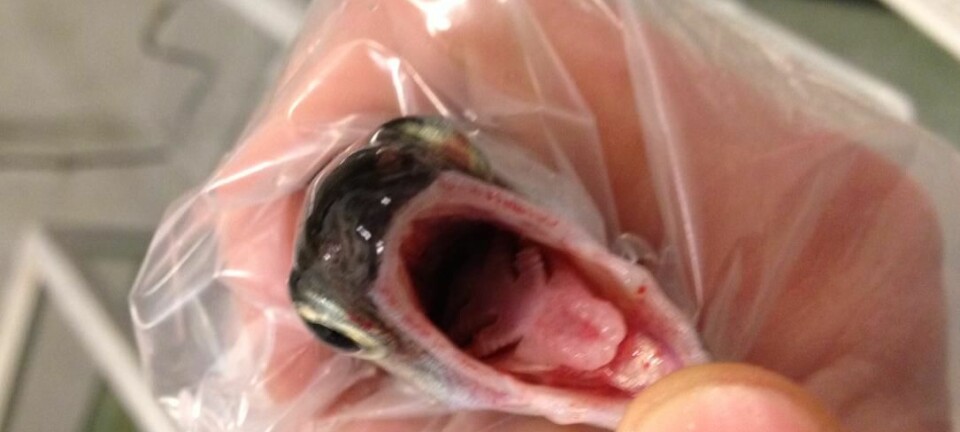An article from Norwegian SciTech News at NTNU

Peering into fish brains to see how they work
Transparent fish and an ability to work in the dark are key to the research of the newest group at the Kavli Institute for Systems Neuroscience.
Denne artikkelen er over ti år gammel og kan inneholde utdatert informasjon.
One of the fundamental challenges facing neuroscientists who want to understand how the brain works is actually figuring out how the brain is wired together and how neurons interact.
Nobel laureates and NTNU neuroscientists May-Britt and Edvard Moser solved this problem by learning how to record from individual neurons in the rat brain while the rats move freely in space. They used the recordings to make the discovery that won them the Nobel Prize: They were able to see that certain neurons in the entorhinal cortex fired in such a way to create a grid pattern that could be use to navigate, like an internal GPS.
The newest group leader of the Kavli Institute for Systems Neuroscience, Emre Yaksi, has taken a very different approach to the problem of seeing what’s going on inside the brain. Instead of studying rats or mice, Yaksi has roughly 90 different kinds of genetically modified zebrafish that he can breed to create different fish with desired characteristics.
Young, larval zebrafish are completely transparent, so Yaksi needs only a regular optical microscope to see what’s happening inside their little fishy heads. Some of Yaksi’s fish have a genetic modification that makes their neurons light up as they send a signal to another neuron. This is what makes circuits and connections visible to researchers, he says.
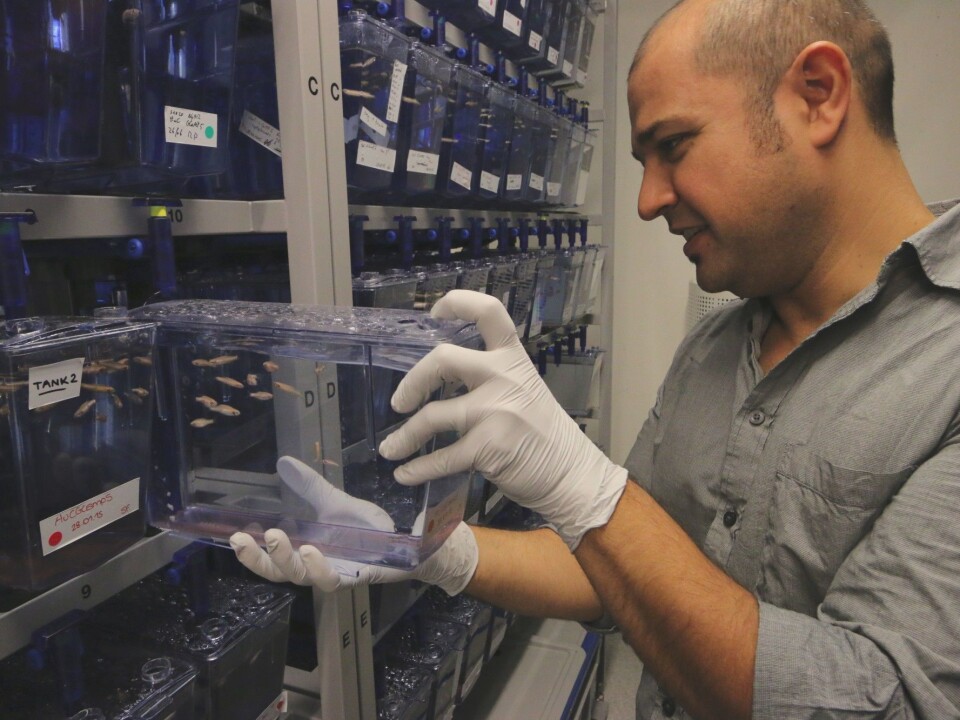
“We are interested in understanding the universal circuit architectures (in the brain) that can do interesting computations,” Yaksi says. Even though fish are quite different from humans, their brains have many similar structures, and “in the end fish also have to find food, they also have to find a mate, they have to avoid dangers, and they build brain circuits that can generate all these behaviours, quite like humans do.”
An anti-vibration table
Yaksi came to the Kavli Institute in early 2015 from an Assistant Professor position at Neuroelectronics Research Flanders in Belgium, where he had been a group leader and interim director since 2010.
Along with Yaksi’s team of researchers came a 900 kg anti-vibration table the size of a billiards table. The table was so big and heavy the only way to get it into the laboratory was to remove windows from the third floor lab and hoist it in with a crane.
Yaksi’s group needs the table to reduce vibrations so they can use the highly sensitive optical microscopes to peer into zebrafish brains. The larval fish are so small that even slight vibrations from cars or trucks driving by on the streets below are enough to make the microscopes bounce away from their tiny brain targets.
Small brains, big numbers
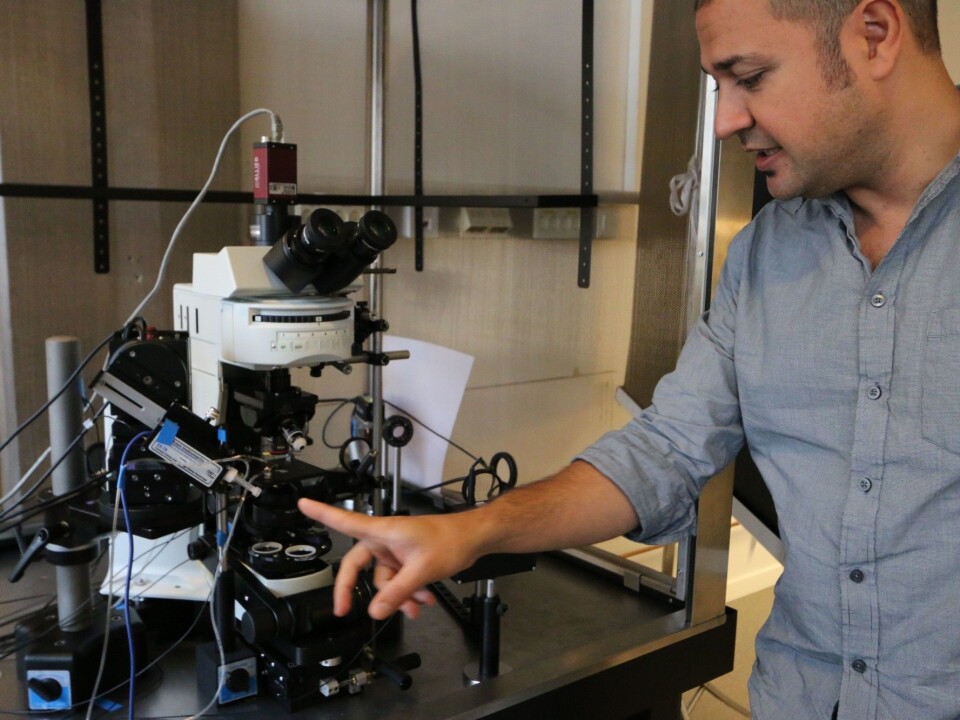
Zebrafish brains are small, with just 10,000 to 20,000 neurons, a number that is dwarfed by the human brain, which has an estimated 80 billion neurons. Nevertheless, the measurements Yaksi and his colleagues make, results in huge reams of data.
One 30 minute recording can generate so much data that it takes easily a week to process it, he said. For this reason, Yaksi’s research group is a multidisciplinary team of engineers, physicists and life scientists who are trained to develop and use computational tools to analyze these big datasets.
And because some of the zebrafish have been genetically modified so that their neurons light up with a fluorescent protein when the neurons are active, Yaksi and his colleagues often work in low light or darkness. It’s especially noticeable when he takes visitors into the muted darkness of the laboratory, where many of the fanciest microscopes are contained in boxes open on the front, designed to limit the amount of external light.
Other zebrafish have been genetically modified so that shining a blue light into their brains activates certain neurons – which allows researchers to map connections between neurons, Yaksi said.
Clinical research explores genetic brain diseases
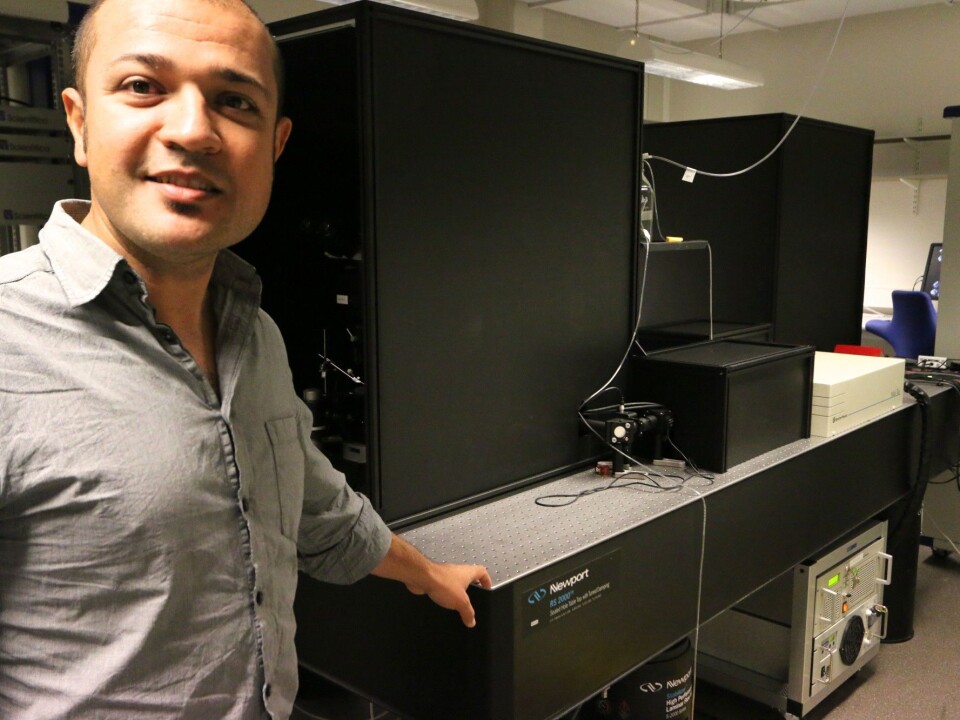
Most of the research being done by Yaksi’s group is basic research, with findings that advance our understanding of the brain computations but don’t specifically have any immediate clinical implications.
But Yaksi’s wife and colleague, Nathalie Jurisch-Yaksi, is working with medical doctors to develop genetically modified zebrafish that will help shed light on brain diseases such as epilepsy.
“Most of the people in my lab are doing very basic research, trying to ask how does the brain work, how is it connected, how is it built,” Yaksi said. “But Nathalie is working with medical doctors here at NTNU, we are really trying to reach out to clinicians.”
For example, he said, if a brain disorder such as epilepsy has a genetic component, that same genetic mutation can be created in the group’s transgenic zebrafish facility so that the team can study what causes the seizures in a diseased brain and how the seizures can be prevented.
Great science in a small town
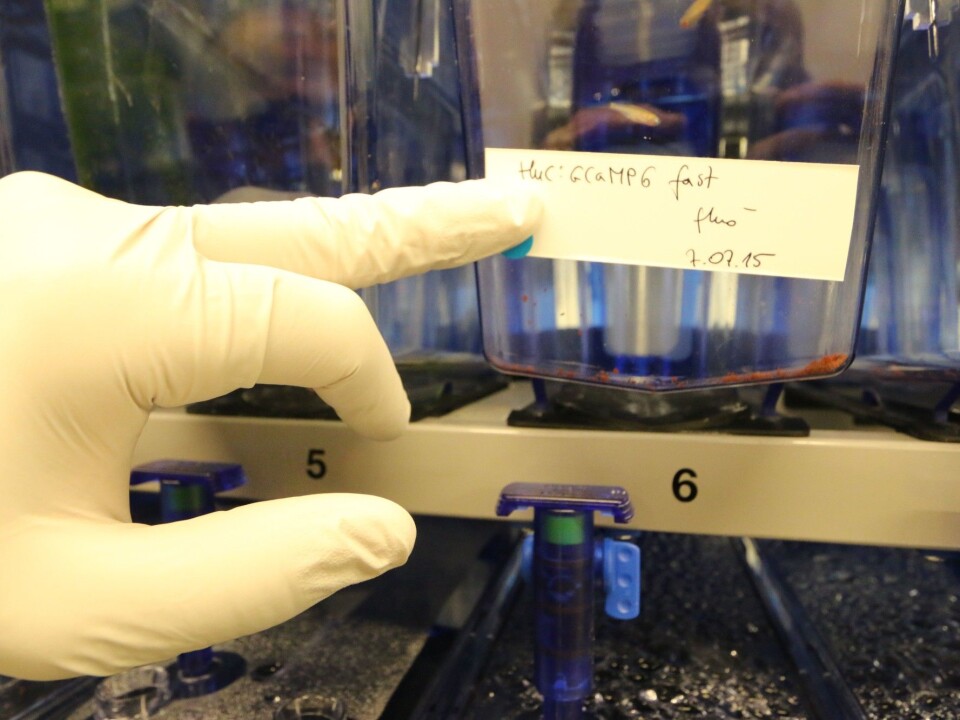
When he came to Trondheim to interview for the position, the Kavli Institute was on an institute-wide retreat, so Yaksi was able to meet not just group leaders, but technicians, master’s students, PhD candidates – everyone.
“What was really impressive, apart from the excellent science environment, was that people were really happy and satisfied with what they were doing, it was such a good atmosphere,” he said.
While the science was the most critical part of Yaksi’s decision to move to Trondheim, he says he’s excited to be a part of the Kavli Institute because he and his wife prefer to live in a smaller town and very close to nature.
“Trondheim is a unique place – you can do really good science and still be really close to nature and that is a big thing for me, for us,” he said. “Going to London or another big city was never an option, we never wanted to deal with big city life. Right behind our house we can pick mushrooms and raspberries.”
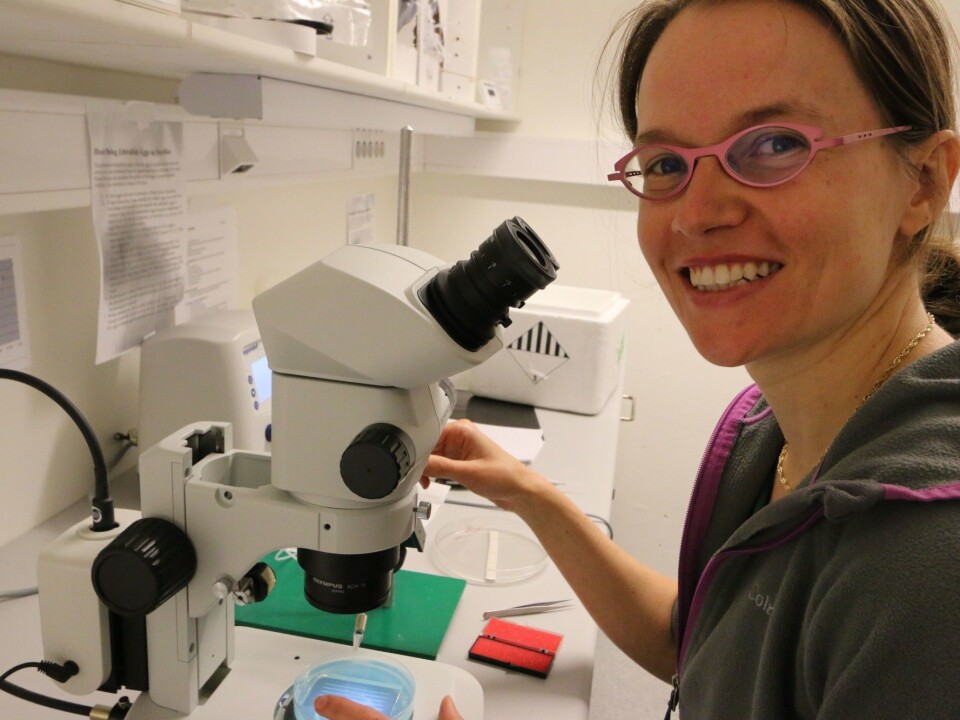
In fact, he says, when May-Britt Moser asked him, during his job interview, what he knew about Scandinavia, he replied that he didn’t know all that much. But, he added, he and his wife loved being in the outdoors, a lot.
“And May-Britt said to me, ‘Oh, that sounds about right!’,” Yaksi said.








